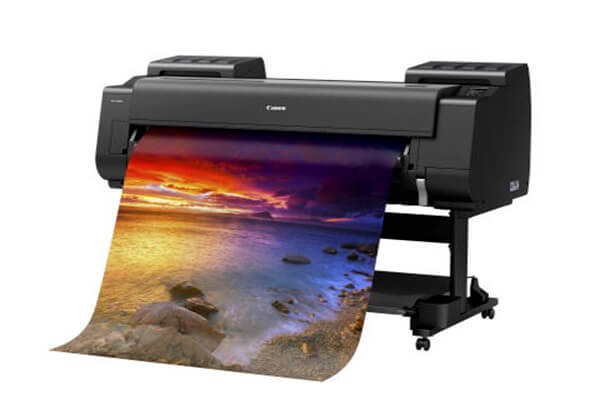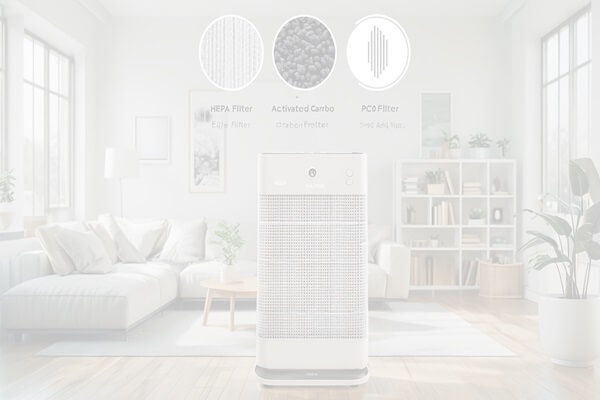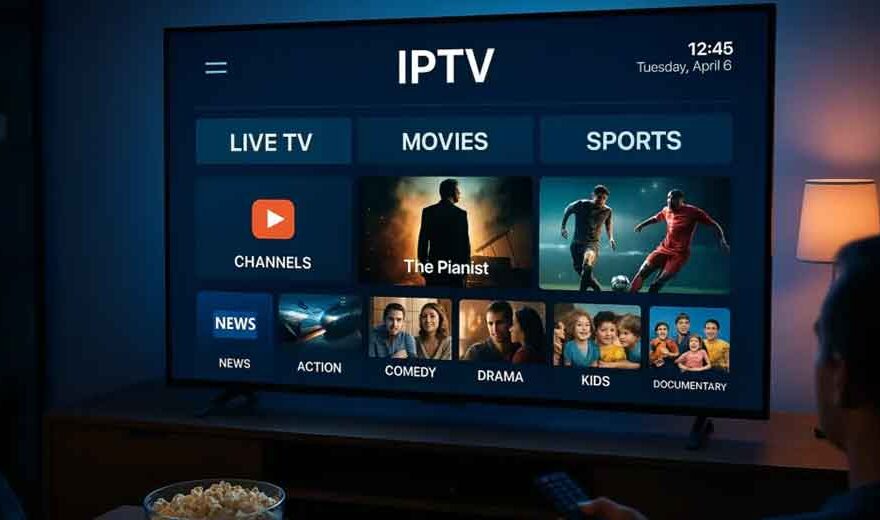Navigating the World of Plotters: Key Factors for Architects to Consider Before Purchase

In architecture, precision and detail are paramount. Architects must ensure their designs are translated accurately from digital files to physical prints. This accuracy is crucial for managing the integrity of their work. The answer lies in selecting the right plotter printer.
Architects need to consider several key factors when making a plotter printer purchase.
Choosing from the various types of plotters available can notably affect the quality and efficiency of their projects. By understanding these factors, architects can ensure their work maintains the highest standards. This article explores these critical considerations in detail.
Understanding Plotter Printers
They are also known as large-format printers, which are essential tools in architecture. These devices are designed to print on larger paper sizes, making them ideal for blueprints, site plans, and detailed architectural drawings. Unlike standard printers, these can produce high-resolution prints with fine lines and intricate details, which are crucial for architectural work.
Key Factors to Consider
- Print Quality and Resolution: Print quality is a critical factor for architects. The ability to manufacture sharp, clear, and detailed prints can significantly impact the presentation and accuracy of architectural plans. Architects should look for high-resolution plotter printers, typically calculated in dots per inch (DPI). A higher DPI means better print quality, ensuring that even the slightest details are captured accurately.
- Printing Speed and Efficiency: Time is often of the essence in architectural projects. Plotter printers with high printing speeds can save valuable time, especially when producing large sets of drawings. Balancing speed with quality is essential, as faster printers may sometimes compromise on detail. Architects should assess their project needs to find a printer that offers the right combination of speed and quality.
- Media Handling Capabilities: Architectural projects often require printing on various media types, such as bond paper, vellum, or glossy paper. The ability to handle different media sizes and types is essential for a versatile plotter printer. Some offer roll-fed options, which are ideal for continuous printing of large projects, while others may provide sheet-fed options for smaller prints. Architects should consider their specific media needs when selecting a printer.
- Connectivity and Software Compatibility: Modern plotter printers come with a range of connectivity choices, including USB, Ethernet, and wireless capabilities. These features facilitate seamless integration with other devices and software used in architectural practices. Ensuring that the plotter printer is compatible with popular design software, like AutoCAD and Revit, is crucial for a smooth workflow. Additionally, some offer cloud printing options, allowing architects to print directly from cloud-based storage services.
- Cost of Ownership: The starting purchase price of a plotter printer is just one part of the total cost of ownership. Architects should also consider the ongoing costs of ink, paper, and maintenance. Some may have lower upfront costs but higher long-term expenses due to frequent ink replacements or maintenance needs. Evaluating the cost of consumables and potential repair costs can provide a clearer picture of the overall investment required.
- Durability and Reliability: A plotter printer is a significant investment, and architects need a device that can withstand regular use and supply consistent performance. Assessing the build quality and reliability of a printer is crucial. Reading reviews and seeking advice from other professionals can provide details about the long-term performance of different models. Choosing a credible brand with a good reputation for durability can save architects from future headaches and additional costs.
- Environmental Considerations: Renewability is becoming increasingly important in all industries, including architecture. Architects should consider the ecological impact of their plotter printer. Features such as energy efficiency, recyclable materials, and eco-friendly ink options can contribute to a more sustainable practice. Some manufacturers offer certifications or eco-labels indicating their commitment to environmental responsibility.
Also read: Tech Tips for Maintaining a Healthy Computer System
Making an Informed Decision
Selecting the right plotter printer requires careful consideration of various factors. By understanding the particular needs of their projects and balancing quality, speed, and cost, architects can find a plotter printer that enhances their workflow and delivers high-quality prints. Conducting thorough research, reading product reviews, and seeking advice from industry peers can provide valuable insights into the best options available.
Navigating the world of plotters can seem daunting, but with the right information, architects can make informed decisions that benefit their practice. Factors such as print quality, speed, media handling, connectivity, cost, durability, and environmental impact will ensure that architects select a plotter printer that meets their needs. Understanding the various types of plotters available can further refine their choices. The right plotter printer can enhance the precision and efficiency of architectural projects, ultimately contributing to the firm’s success.


